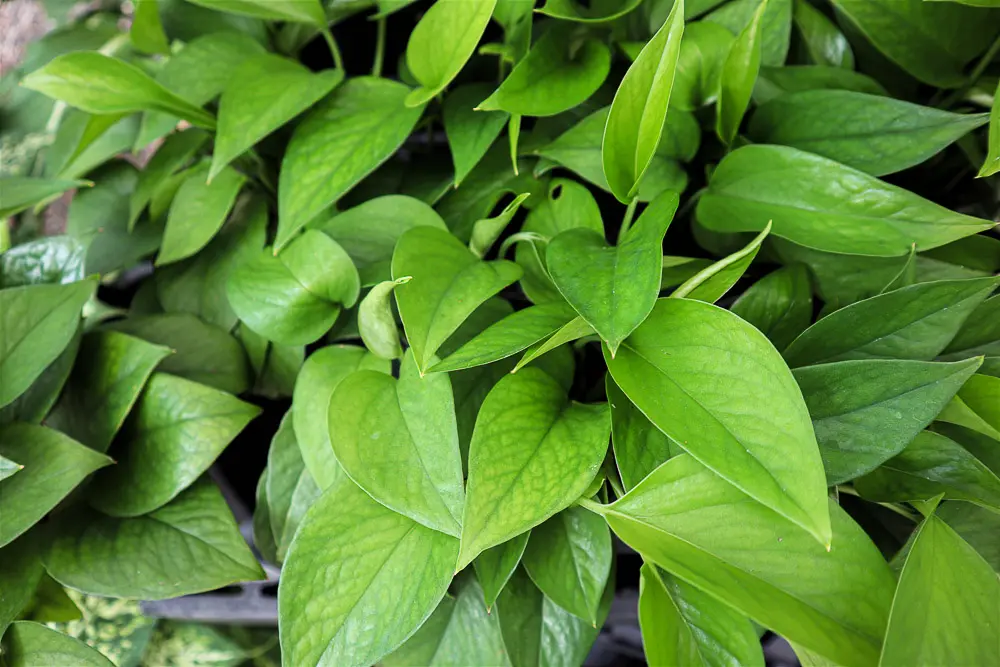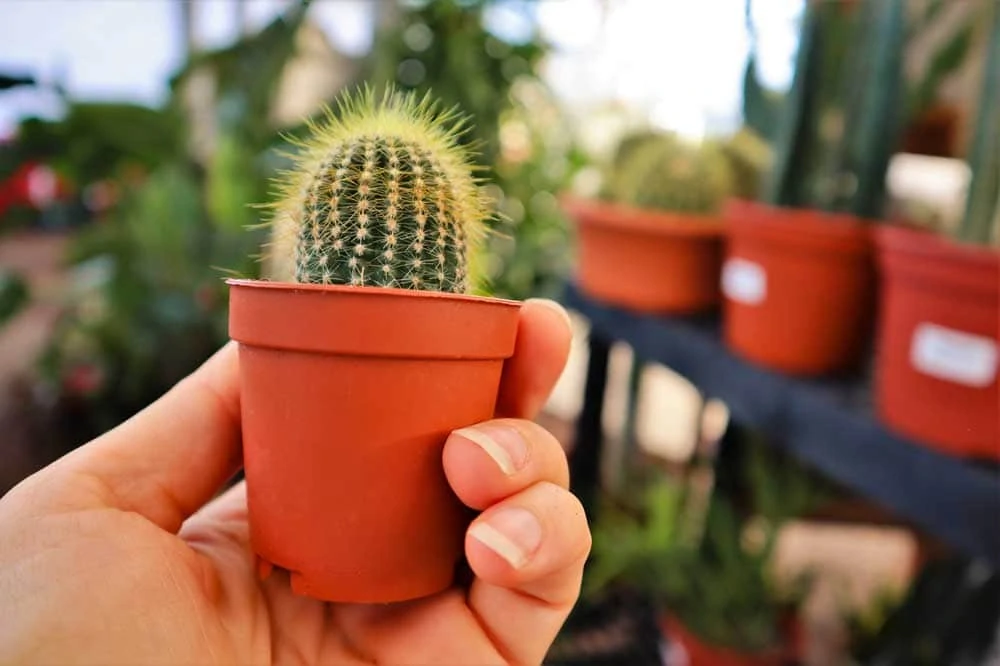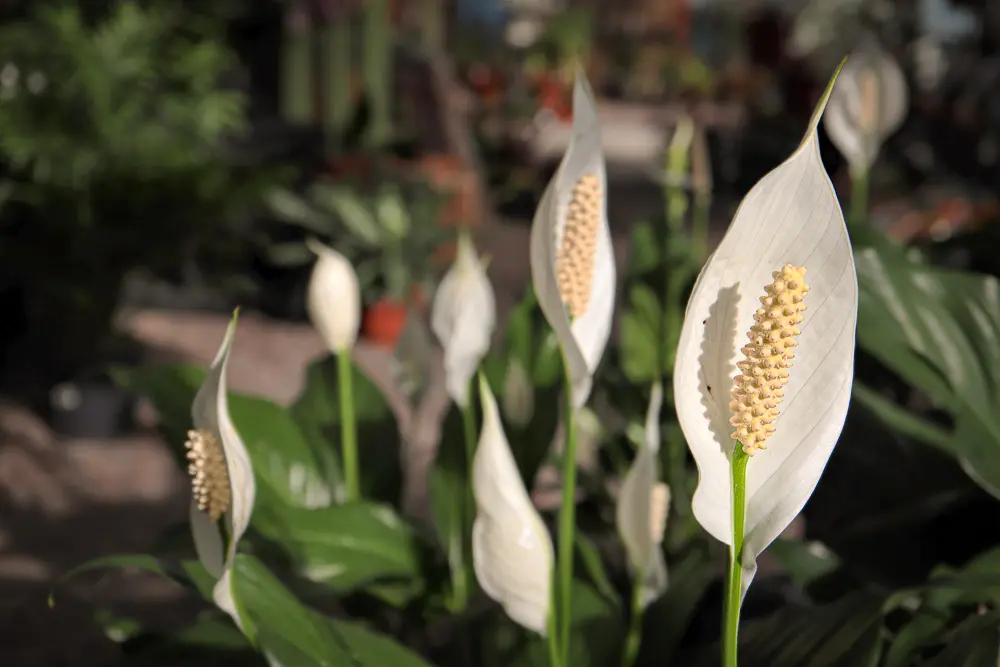by Amanda Rose Newton
As we welcome the houseplant season, it’s crucial to understand the role of light in nurturing our leafy companions.

Light, often overlooked, is a pivotal factor in plant health. It’s not just about having light; it’s about knowing the differences between direct, indirect, and low light, and which plants thrive under each condition. Let’s dive into these luminous details and explore some perfect plant matches for each light scenario.
Direct Light: The Sun-Lovers’ Paradise
Direct light is unfiltered sunlight coming straight from the source. It’s the kind of bright light you’d find in a sunroom or right by a south-facing window. This light is intense and can be too harsh for many plants, but there are some that bask in its glory.
Plants for Direct Light:
Cacti: These desert natives are built for harsh, direct sunlight. A sunny windowsill is a cactus’s happy place.

Jade Plant (Crassula ovata): With its thick, woody stems and glossy green leaves, the jade plant thrives in direct light.
Indirect Light: The Balanced Beam
Indirect light is bright yet diffused – think of the light in a room with sheer curtains on a sunny day. It’s bright enough to cast a shadow, but not so intense as to cause damage. This kind of light is ideal for a wide range of houseplants.
Plants for Indirect Light:
Monstera Deliciosa: With its dramatic, holey leaves, the Monstera does well in a bright room, away from direct sunlight.
Peace Lily (Spathiphyllum): This elegant plant with its white blooms and dark green leaves prefers bright, indirect light.

Spider Plant (Chlorophytum comosum): Known for its low-key maintenance style, the spider plant is a champion in indirect sunlight.
Low Light: The Gentle Glow
Low light is often misconstrued as no light. In reality, it refers to areas in your home that are far from windows or in rooms with little natural light. Not all plants can tolerate such conditions, but there are a few that not only survive but thrive.
Plants for Low Light:
Snake Plant (Sansevieria): Almost indestructible, the snake plant can survive in low light and irregular watering.

ZZ Plant (Zamioculcas zamiifolia): With its waxy, green leaves, the ZZ plant is known for its ability to withstand dim corners.
Pothos (Epipremnum aureum): This trailing vine adapts well to lower light and is great for adding greenery to darker spaces.
Tips for Success
Monitor and Adapt: Plants can change their light preferences based on season and growth stage. Observe and adjust their placement as needed.
Use Artificial Lights: If your space lacks natural light, consider grow lights. They can provide a spectrum of light suitable for most houseplants.
Beware of Glass: Direct sunlight through glass can amplify heat and burn plants. Use blinds or sheer curtains to diffuse the intensity.
As we embrace houseplant season, understanding the nuances of light can transform our homes into thriving green spaces. Each type of light brings its own set of plant companions, ensuring there’s a leafy friend for every corner of your home.


